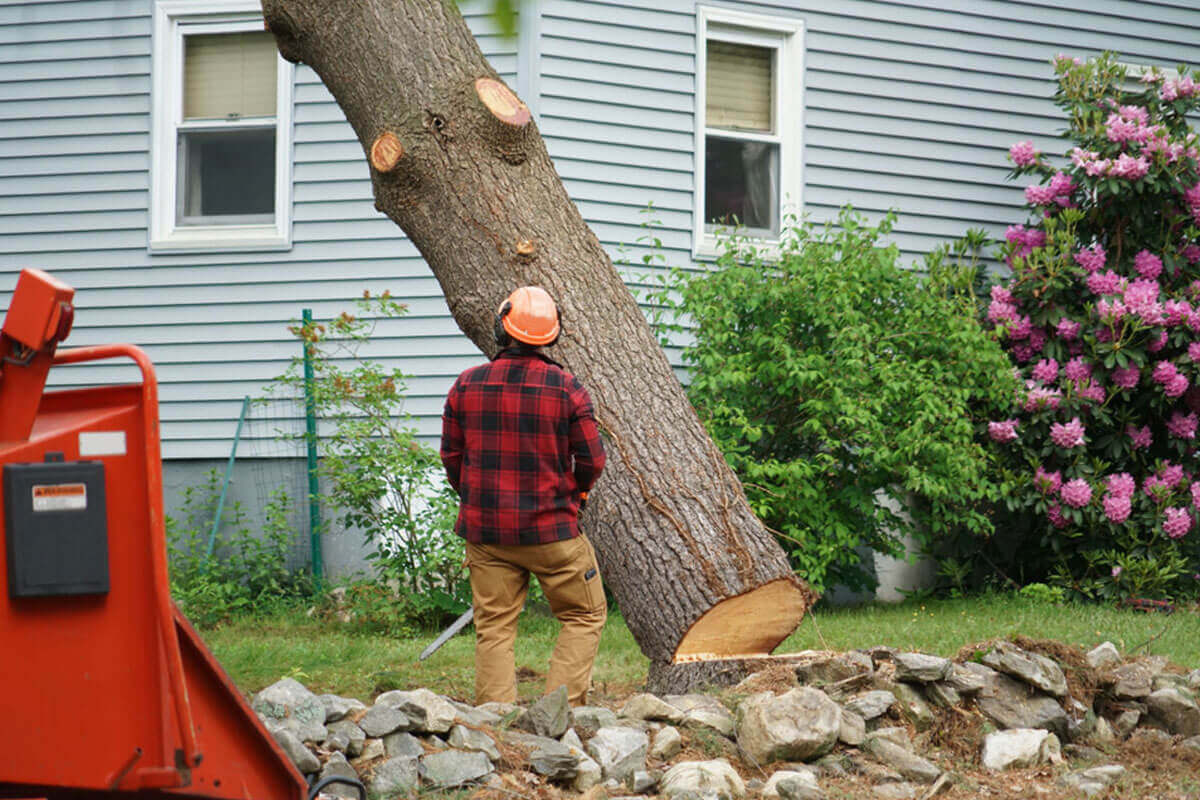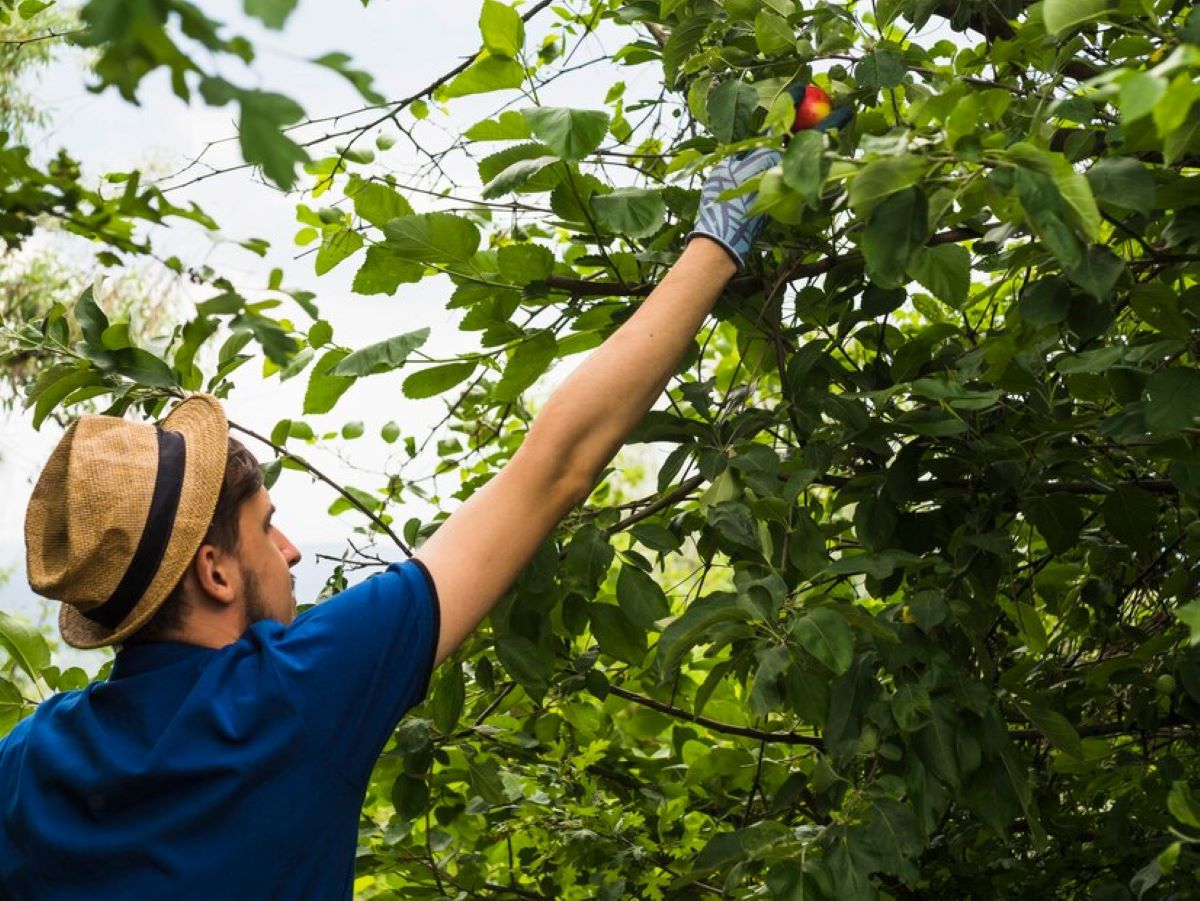The Hills District, with its picturesque landscapes and lush greenery, is a cherished part of New South Wales. However, the very trees that enhance its beauty can sometimes pose significant risks. Tree removal has become a crucial consideration for homeowners and businesses alike, particularly when it comes to preventing root damage and hazards. This article delves into the importance of tree removal, the potential risks associated with unmanaged trees, and the best practices for ensuring safety and environmental health.
The Importance of Tree Removal
Professional tree removal Hills District is often seen as a last resort, but there are numerous situations where it becomes a necessity. Understanding when and why to remove a tree can help mitigate risks and enhance the safety of properties.
Identifying Hazardous Trees
Not all trees are created equal, and some may pose a greater risk than others. Signs of a hazardous tree include:
- Dead or Dying Trees: Trees that are dead or show significant signs of decay can easily fall, causing damage to property and posing a danger to people.
- Root Damage: Trees with extensive root systems can damage foundations, driveways, and underground utilities. If roots are encroaching on these structures, removal may be the best option.
- Structural Instability: Trees that lean excessively or have large cracks in their trunks are at risk of falling, especially during storms.
Preventing Property Damage
One of the primary reasons for tree removal is to prevent property damage. Over time, tree roots can grow and spread, leading to:
- Foundation Issues: Roots can penetrate and destabilise foundations, resulting in costly repairs.
- Driveway Cracking: As roots expand, they can lift and crack driveways, making them unsafe and unsightly.
- Utility Line Damage: Roots can also interfere with underground utility lines, leading to service disruptions and expensive repairs.
Moreover, the presence of hazardous trees can significantly impact the overall aesthetics and value of a property. A well-maintained landscape not only enhances curb appeal but also contributes to the overall enjoyment of outdoor spaces. When trees become overgrown or diseased, they can detract from the beauty of a garden or yard, making it less inviting for family and guests alike. In some cases, the removal of a problematic tree can open up opportunities for new plantings that are more suited to the environment, ultimately leading to a more vibrant and harmonious outdoor setting.
Additionally, tree removal can play a crucial role in the management of pests and diseases. Certain trees can harbour insects or fungi that may spread to neighbouring plants, causing widespread damage to gardens and landscapes. By removing these trees promptly, homeowners can protect their remaining flora and maintain a healthy ecosystem. This proactive approach not only safeguards property but also fosters a thriving environment for wildlife and beneficial insects, which can contribute to the overall health of the garden.
Environmental Considerations
While tree removal is often necessary, it is essential to approach the process with environmental considerations in mind. Responsible tree removal can help maintain the ecological balance of the area.
Assessing the Ecosystem
Before proceeding with tree removal, it is vital to assess the surrounding ecosystem. Trees play a crucial role in providing habitat for wildlife, stabilising soil, and contributing to air quality. Therefore, understanding the ecological impact of removing a tree is essential. This assessment should include a thorough examination of the flora and fauna that depend on the tree, as well as the overall health of the surrounding environment. For instance, certain species of birds may nest in the branches, while insects and small mammals may rely on the tree for shelter and food. A comprehensive evaluation can help identify any potential disruptions to these species and inform the decision-making process.
Replanting and Replacement
When a tree is removed, it is often beneficial to replace it with a new one. This not only helps to restore the ecological balance but also contributes to the aesthetic appeal of the area. Choosing native species for replanting can further enhance biodiversity and provide habitat for local wildlife. Native trees are particularly advantageous as they are adapted to the local climate and soil conditions, requiring less maintenance and water once established. Additionally, they support local ecosystems by attracting native pollinators, such as bees and butterflies, which are crucial for the health of our gardens and natural landscapes. Engaging the community in replanting efforts can also foster a sense of stewardship and connection to the environment, encouraging individuals to take an active role in preserving their local ecosystems.
Safety Measures During Tree Removal
Tree removal is not a task to be taken lightly. It requires careful planning and execution to ensure the safety of both the workers and the surrounding environment.
Hiring Professionals
Engaging professional tree removal services is highly recommended. Trained arborists possess the necessary skills and equipment to safely remove trees while minimising risks. They can assess the tree’s condition, determine the best removal method, and ensure compliance with local regulations.
Safety Equipment and Techniques
Professional tree removal involves the use of specialised equipment and techniques. This includes:
- Protective Gear: Arborists wear helmets, gloves, and eye protection to safeguard against falling debris.
- Ropes and Harnesses: These are used to secure workers and control the direction of the tree’s fall.
- Chainsaws and Wood Chippers: These tools are essential for efficient and safe tree removal.

Cost Considerations for Tree Removal
The cost of tree removal can vary significantly based on several factors. Understanding these can help homeowners budget effectively.
Factors Influencing Cost
Several elements can impact the overall cost of tree removal, including:
- Tree Size: Larger trees typically require more time and resources to remove, resulting in higher costs.
- Location: Trees situated close to buildings or power lines may require more careful removal techniques, increasing labour costs.
- Condition of the Tree: Trees that are dead or diseased may require additional precautions, affecting the cost.
Budgeting for Tree Removal
When budgeting for tree removal, it is advisable to obtain multiple quotes from different service providers. This not only ensures competitive pricing but also allows homeowners to gauge the level of service offered. Additionally, consider the long-term benefits of tree removal, such as reduced property damage and improved safety, which can outweigh the initial costs.
Legal Considerations in Tree Removal
In the Hills District, there are specific regulations governing tree removal. It is crucial for homeowners to be aware of these laws to avoid potential legal issues.
Local Regulations
Many councils have strict guidelines regarding tree removal, particularly for protected species or trees located in heritage areas. Before proceeding with removal, it is essential to check with local authorities to ensure compliance with regulations.
Obtaining Permits
In some cases, a permit may be required for tree removal. This process often involves submitting an application detailing the reasons for removal and any proposed replacement plans. Engaging with local councils early in the process can help streamline this requirement.

Conclusion: Making Informed Decisions
Tree removal in the Hills District is a critical aspect of property management that cannot be overlooked. By understanding the risks associated with hazardous trees, considering environmental impacts, and adhering to safety measures and legal regulations, homeowners can make informed decisions that protect their property and enhance the local ecosystem.
Ultimately, while the decision to remove a tree may be difficult, it is often necessary for the safety and well-being of both individuals and the surrounding environment. Engaging professional services ensures that the process is handled efficiently and safely, allowing for a smooth transition to a healthier landscape.
In the end, responsible tree management not only enhances property safety but also contributes to the overall health of the Hills District. By prioritising safety and environmental considerations, residents can enjoy the beauty of their surroundings while minimising risks associated with tree hazards.
More to Read : How Tree Removal Sydney Improves Property Safety and Value



